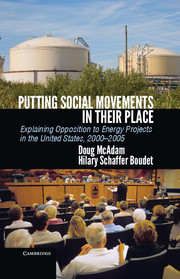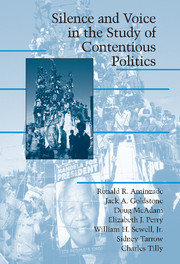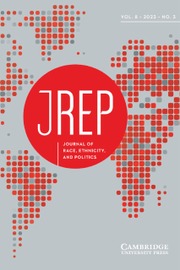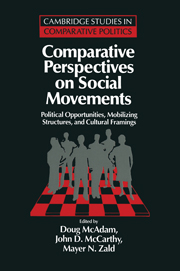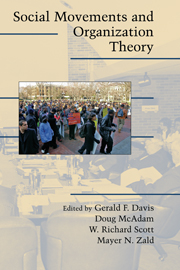Putting Social Movements in their Place
The field of social movement studies has expanded dramatically over the past three decades. But as it has done so, its focus has become increasingly narrow and 'movement-centric'. When combined with the tendency to select successful struggles for study, the conceptual and methodological conventions of the field conduce to a decidedly Ptolemaic view of social movements: one that exaggerates the frequency and causal significance of movements as a form of politics. This book reports the results of a comparative study, not of movements, but of communities earmarked for environmentally risky energy projects. In stark contrast to the central thrust of the social movement literature, the authors find that the overall level of emergent opposition to the projects has been very low, and they seek to explain that variation and the impact, if any, it had on the ultimate fate of the proposed projects.
- Instead of studying social movements, studies communities 'at risk' for a movement, seeking to explain the factors that account for whether or not the community mobilized in the face of the environmental threat posed by the project
- Makes use of a highly innovative set of qualitative and quantitative methods to analyze twenty cases
- Includes a critical 'sociology of knowledge' analysis of the origin, development and current state of the field of social movement studies
Reviews & endorsements
“Drawing on rich case studies of environmental siting decisions, Putting Social Movements in their Place provides a compelling and persuasive argument for studying local episodes of contention. Although citizens rarely mobilize to oppose siting decisions, local opposition is surprisingly influential at blocking unwanted environmental sitings when it does occur. McAdam and Boudet show that protest and movements are one part of a much broader field of economic and political action. This agenda setting study will lead scholars to think more critically about where mobilization occurs and (where it doesn’t) and inspire research that traces the complex dynamics of local policy-making and conflict.”
Kenneth T. Andrews, University of North Carolina, Chapel Hill
“Putting Social Movements in Their Place launches a revolution in the study of social movements, shifting the focus from the usual preoccupation with instances of successful mobilization to the examination of communities that are at risk for emergent collective action. The goal of explaining why mobilization occurs in some at-risk communities and not others enlarges the research frame and mandates consideration of a broad spectrum of political actors and processes in each locality. In essence, Doug McAdam and Hilary Boudet have provided a new template for research on mobilization, addressing how and why collective action emerges where it does, and how the conditions of its emergence impact its success.”
Charles Ragin, University of Arizona
“Doug McAdam and Hilary Boudet provide a most readable and unique empirical study on the role of public opposition mobilization in determining the fate of large development projects. Their new approach to social movement research focuses not on the movements themselves, but on project outcomes. By effectively articulating the role of social movements in relation to other factors affecting results, such as the local political economy, public policies, and intervening events, they masterfully put social movements in their place.”
John Randolph, Virginia Tech, author of Environmental Land Use Planning and Management and (with G.M. Masters) Energy for Sustainability
"… Putting Social Movements in their Place makes significant contributions to the field. Eschewing the internal study of one movement for a more community-based and holistic appraisal of where and why movements begin is a fruitful move … This book is valuable and often compelling and should generate other important research."
Elizabeth Long, American Journal of Sociology
Product details
May 2012Hardback
9781107020665
278 pages
235 × 156 × 16 mm
0.49kg
13 b/w illus. 1 map 23 tables
Available
Table of Contents
- 1. From Copernicus to Ptolemy and (hopefully) back again
- 2. Comparing communities 'at risk' for mobilization
- 3. Explaining variation in the level of opposition to energy projects
- 4. Does opposition matter?: Mobilization and project outcome
- 5. From not my back yard to not in anyone's back yard: the emergence of regional movements against liquefied natural gas
- 6. Back to the future: returning to a Copernican approach to the study of contention.

